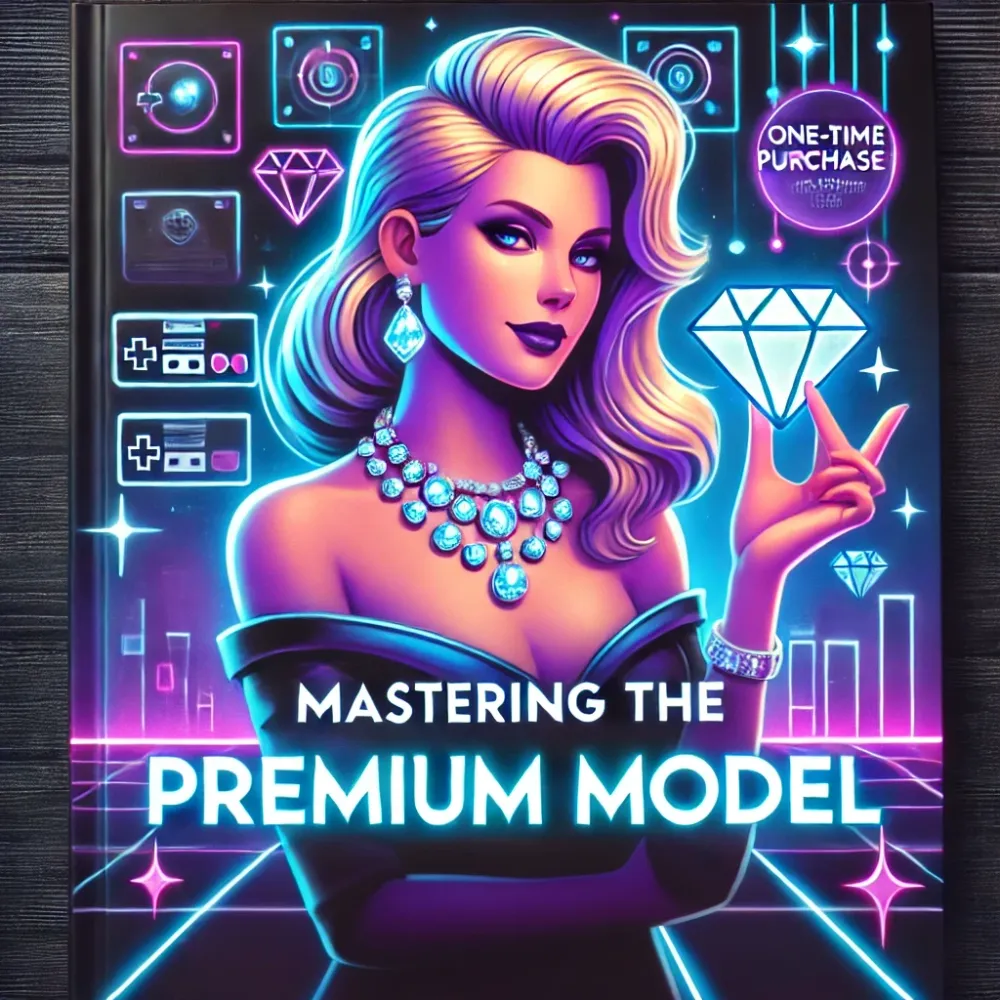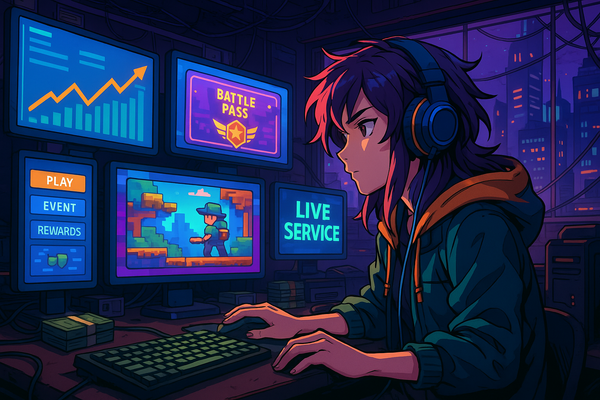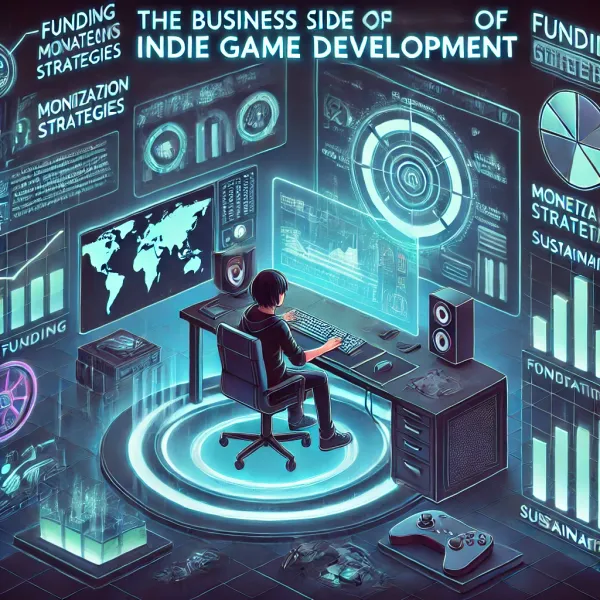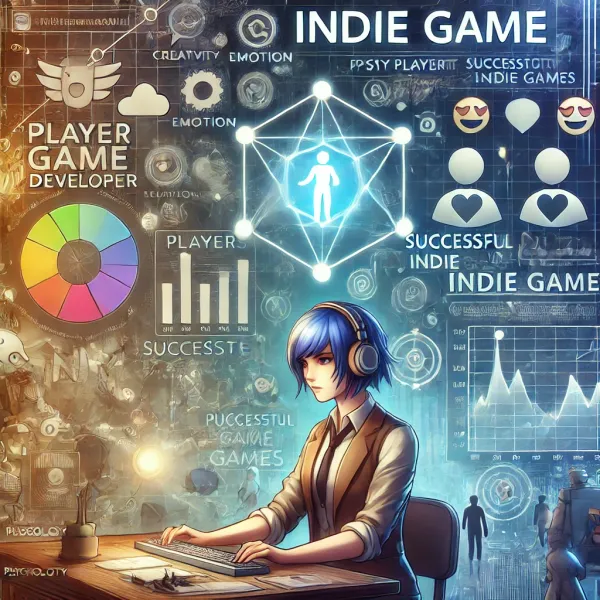Mastering the premium model: How to drive success with One-Time purchases in indie games
For many indie developers, the premium model—where players pay a one-time fee for full game access—remains one of the most straightforward monetization strategies. Despite the rise of free-to-play and freemium models, the premium model offers several advantages, including generating upfront revenue and delivering a complete, ad-free experience. In this article, we explore the benefits and challenges of the premium model, offering practical advice on how indie developers can succeed with this approach.
1. Why the premium model still eorks for indie games
The premium model, though competing with free-to-play alternatives, has carved out a niche, especially for games that offer rich, polished experiences. Indie games like Celeste and Hollow Knight have used the premium model to great success. By offering a complete package without microtransactions or ads, players feel they are getting more value for their money, enhancing both satisfaction and long-term loyalty(GameMaker)(Purchasely).
For indie developers, this model has the advantage of generating immediate revenue upon purchase, reducing reliance on in-game purchases or advertising. Players who are willing to pay upfront tend to value the game more, making it easier to cultivate a dedicated fanbase.
2. Key considerations for pricing your game
Pricing a premium game is a delicate balance. Developers need to consider their target audience, the depth of the game, and the competitive landscape. According to studies, most indie games on platforms like Steam are priced between $10 to $20. However, pricing your game too low might lead players to question its value, while pricing it too high could deter potential buyers.
Offering discounts or bundles, especially during events like Steam sales, can boost visibility and incentivize purchases(Togwe). Early discounts or pre-order deals also generate early interest, helping to build momentum ahead of the launch.
3. Delivering a High-Quality, complete experience
Players who purchase premium games expect a polished, bug-free experience. Unlike free-to-play models, where ongoing updates are expected, premium games need to deliver high value from the outset. Developers should focus on creating compelling gameplay, engaging stories, and immersive environments that justify the upfront cost(EMB Blogs).
To further enhance value, developers can offer post-launch content like downloadable expansions (DLC) or updates that keep players engaged without compromising the original game’s experience. Offering free updates or DLC can improve long-term retention and generate goodwill in the gaming community.
4. Marketing and building awareness
Marketing is crucial for the success of premium indie games. Indie developers must build anticipation early, engaging potential players via social media platforms, YouTube, and Reddit(GameMaker). Creating an engaging trailer and leveraging platforms like Steam’s Early Access can help build a player base before the official release.
Indie developers should also consider collaborating with influencers and streamers to get the word out about their games. Live gameplay showcases and hands-on reviews can generate buzz and encourage purchases.
5. Challenges with the premium model
While the premium model offers many benefits, it comes with its own set of challenges. Convincing players to pay upfront can be difficult, especially when there are many free-to-play options available. Players may hesitate to commit without a trial or demo(ThinkApps). Offering demos, trailers, and early reviews can help alleviate this hesitation by giving players a taste of what they’re buying.
Additionally, premium games may have shorter lifespans compared to free-to-play games, which often engage players through continuous updates. Developers must plan for content updates or expansions to keep the game relevant.
The premium model continues to be a viable and effective monetization strategy for indie developers. By delivering a polished, complete experience and pricing the game appropriately, indie developers can attract loyal players and generate steady revenue. However, it’s essential to invest in marketing and provide value that justifies the upfront cost, ensuring long-term success in the competitive indie game market.




